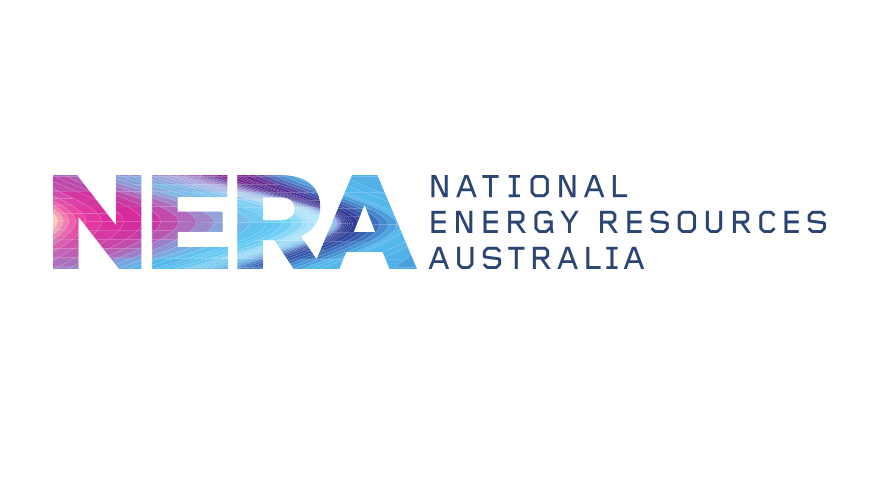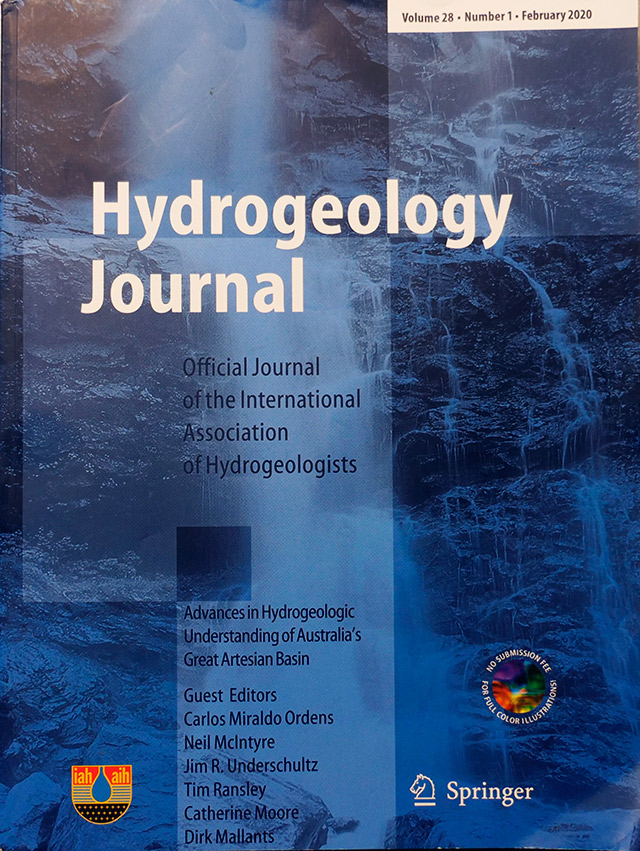The Great Artesian Basin (GAB) is one of the most iconic and largest groundwater basins in the world.
It has been a source of life for Australia's First Peoples for millennia and vital to the development of regional Australia through its springs and groundwater bores. This groundwater resource covers nearly a quarter of the continent, but how much do we know about how it really works? There is one thing we know clearly – this is not one single basin, but many connected basins.
To learn more, a group of researchers at The University of Queensland decided to work with colleagues from industry, government, consultants and other research institutions, to integrate the most recent research with existing knowledge, to give the latest science-based picture of the GAB.
Our partners
The GAB project was a collaboration of NERA and the Gas and Energy Transition Research Centre with its industry members Arrow Energy, APLNG and Santos).

Springs
What are GAB springs?
GAB springs are long-term pools of water, of varying size and form, frequently found in otherwise dry and inhospitable landscapes. The water discharged from GAB aquifers at springs comes from deep underground from a complex interconnected system of water pathways through porous rocks such as sandstone, as well as faults and fractures. Water discharged at springs today varies in age, but is usually very old, having been recharged thousands to hundreds of thousands of years ago.
How do they work?
In the Triassic, Jurassic, and early Cretaceous periods, much of what is now inland Australia, was below sea level. Sand and finer deposits falling to the seabed created the layered sedimentary rocks of the GAB. Over geological time, sandstones formed and the finer sediments transformed into low-permeability silt, clay and mud stones. These rocks were uplifted forming the landscape that we know today. For the last few million years, erosion has exposed sandstone and rainwater has infiltrated the permeable layers forming groundwater reserves. The low permeability rocks act as confining layers, trapping groundwater under pressure and forming what is known as an artesian aquifer. The system of water pathways in the aquifer is complex and barriers such as geological faults can lead the water up to the surface, to form an artesian spring or seep. Mound springs form when groundwater rich in dissolved salts discharges for thousands of years, creating mounds of mineral deposits. Other springs discharge warm or hot mineral waters creating thermal springs.
Why are springs important?
These discharge springs create distinctive wetlands with specialised ecological habitats. Because of their remote locations, unique conditions and continuance over geological time, species have evolved that live only in GAB springs. The springs differ in size and the rate at which groundwater discharges, from small features supporting vegetation with limited open water, to larger shallow pools. The largest discharges are found at sites like Dalhousie in the Witjira National Park in South Australia. The ecosystems supported by the GAB springs are remarkable for their biodiversity. The springs at Edgbaston Reserve in Queensland, for example, support over a dozen unique species found nowhere else.
Learn more about springs:
- Queensland Royal Societies Springs publication
- Lake Eyre Basin Catchment Story
- Queensland Government Spring monitoring in the Great Artesian Basin
- Submit your photos of Springs
Hydrogeology Journal articles
- Evidence for groundwater mixing at Freeling Spring Group, South Australia
Water use
Water for towns, industry and agriculture can be sourced from both surface water and groundwater. In some areas, surface water is the primary resource, and water users will rely predominantly on groundwater, when surface water is unavailable. In some regional areas, particularly in arid and semi-arid Australia, groundwater is the only reliable source of fresh water - this is the case for the vast majority of the area overlying the GAB. It is used to irrigate crops and pasture and for stock, and it provides reliable town water to many communities, particularly those in rural and remote areas. Individual households and community facilities in the GAB region also rely on groundwater for a range of needs. Many large-scale mining projects and the petroleum production industry either rely on groundwater for processing, or produce groundwater as a consequence of production.
Australia’s reliance on groundwater supplies has increased in recent decades because of growing competition for surface water combined with frequent periods of drought, which rapidly deplete surface water supplies. Demand for groundwater is increasing mainly due to development and growth pressures; the perceived need to diversify water resources to complement existing supply; and frequent drought.
Hydrogeology Journal articles
Sustainability
Depleted groundwater reserves can affect the environment, for example, by reducing river flows that depend on shallow groundwater, or by drying out ecosystems such as wetlands that depend on groundwater inputs to maintain water levels. These are known as groundwater-dependent ecosystems.
Groundwater quality and levels are protected through the environmental conditions set by government regulators when authorising development projects, often requiring that groundwater quality and levels are monitored and reported regularly. Modern bore construction standards ensure groundwater only flows from bores in a controlled manner to minimise water use. However, early groundwater bores often allowed uncontrolled flow, which reduced water pressure and volume, impacting the sustainability of the GAB. However, there are signs that groundwater levels are recovering in many areas as a consequence of dedicated sustainability programs.
Between 1999 and 2018 the Great Artesian Basin Sustainability Initiative, a partnership of the Australian, New South Wales, Queensland, South Australian and Northern Territory governments, managed the capping of bores and piping of drains to substantially reduce the uncontrolled flow of groundwater from existing infrastructure. This program is estimated to have saved more than 250GL of groundwater per year. This important work is continuing across the GAB through the latest joint funding programs: Improving Great Artesian Basin Drought Resilience and Great Artesian Basin Industry Partnership Programs. For example, the Queensland Government is incorporating these programs into its Great Artesian Basin Rehabilitation Program, with the aim of making the Queensland section of the GAB, watertight by 2027.
It’s vital that this resource is sustainably managed so it remains for generations to come, including measuring and regulating extractions of groundwater. Each state government within the GAB undertakes detailed water planning processes to allocate water entitlements to users and set conditions for use of groundwater. For example, the Queensland Government currently manages the sustainability of the GAB through the Great Artesian Basin and other regional aquifers (GABORA) water plan, which is based on detailed scientific assessments of the resource, use requirements and environmental needs and cultural heritage values.
The GAB spring systems are also protected under the Commonwealth Environment Protection and Biodiversity Conservation Act 1999. In addition to managing the water quality and quantity issues above, the sustainability of the springs is enhanced by good land management practices, including control of feral animals (particularly wild pigs), excluding grazing stock from surrounding areas, and managing weed species; and conservation measures to maintain and increase populations of endemic species.
Hydrogeology Journal articles
- Preface: Advances in hydrogeologic understanding of Australia's Great Artesian Basin
- Justin Costelloe: A champion of arid zone water research
- The 3D Water Atlas: a tool to facilitate and communicate new understanding of groundwater systems

